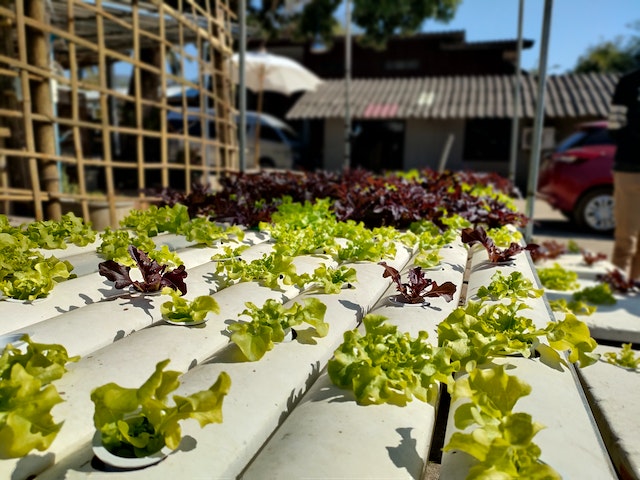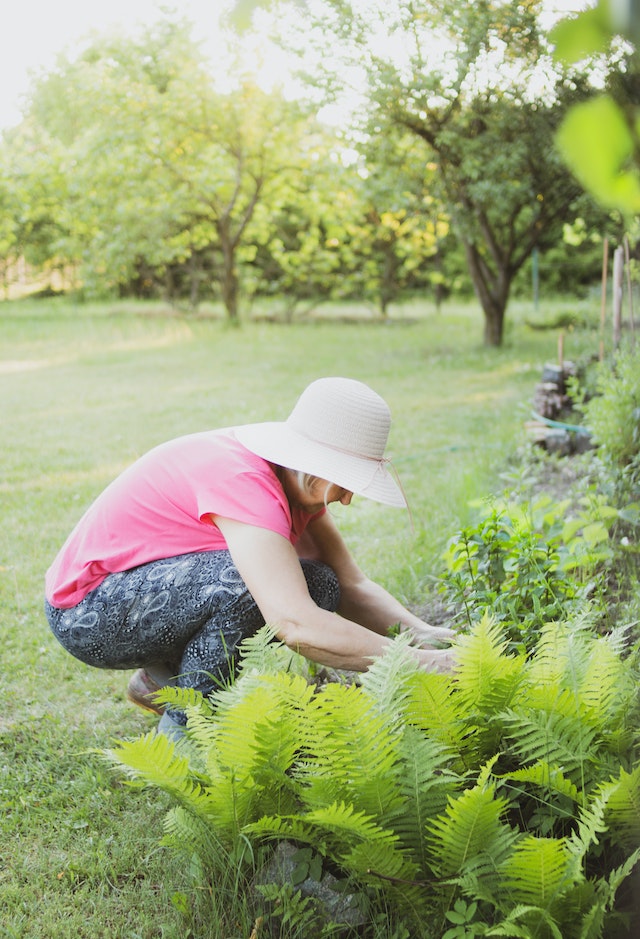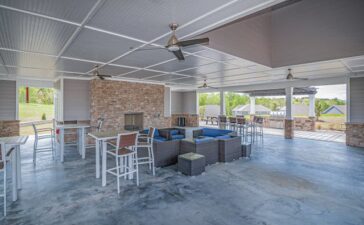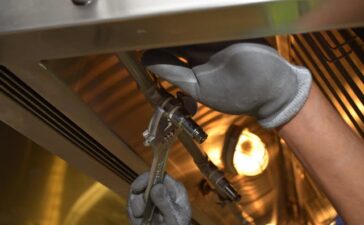The greenhouse film is an essential component of a polytunnel and there are different types of greenhouse films to choose from. In this article, we are going through some of the factors to be considered in the selection films.
You have to think about
The specific needs of your plants when selecting between UV open and UV closed greenhouse films. With UV open films, a broader spectrum of sunlight can enter the grow tunnel. This will promote the natural growth of plants that need a lot of sunlight. This is great if you are growing plants such as pepper and tomatoes. You will be able to ensure a higher resistance to UV radiation when you select UV closed films if you have crops that are sensitive to excessive sunlight. You can also purchase specialised greenhouse films that come with anti-virus properties so as to minimise the risk of viral infections spreading in the polytunnel. The film will protect against certain viruses creating a protected growing environment for your crop. You can look for greenhouse films that come with this feature when building a new polytunnel as this can improve the health of your plants.

Dust can accumulate on the films after some time
And this will reduce the amount of sunlight coming through. You can choose a greenhouse film that has ant-dust properties so that the frequency of cleaning can be reduced. You will be able to maintain the greenhouse film easily as a result. When there is condensation within the polytunnel, there will be water droplets forming on the film and this will also affect light diffusion. To minimise condensation, you can choose anti-drip films. All these features can contribute to a consistent growing environment. This property can also help prevent the spread of fungal diseases. Consider the UV warranty provided by the supplier. The UV resistance of the greenhouse film has a big impact on its performance and durability. If you have an excellent warranty, this gives you some assurance that it has a high resistance to UV degradation. You need to consider the climatic conditions in your region when selecting a greenhouse film. The warranty conditions should align with your usage and the climatic factors in your location.

The climate can have a big impact on the plants.
For example, if you are located in an area with a lot of light, you will need to select a UV closed film. A UV open film can be ideal for cold weather. Optimal light diffusion is required in order to spread sunlight evenly throughout thepolytunnel. This will prevent the formation of shadows and you will be able to ensure uniform photosynthesis of plants this will lead to healthier plants. Another factor to consider will be thickness of the film. This will have an effect in insulation and durability. You have to also consider the wind exposure in your location and potential hailstorms when it comes to conceding the longevity of the film. Make sure to check the benefits and long term benefit.





